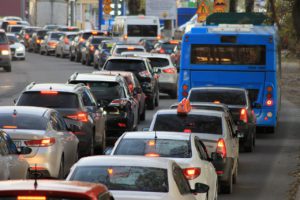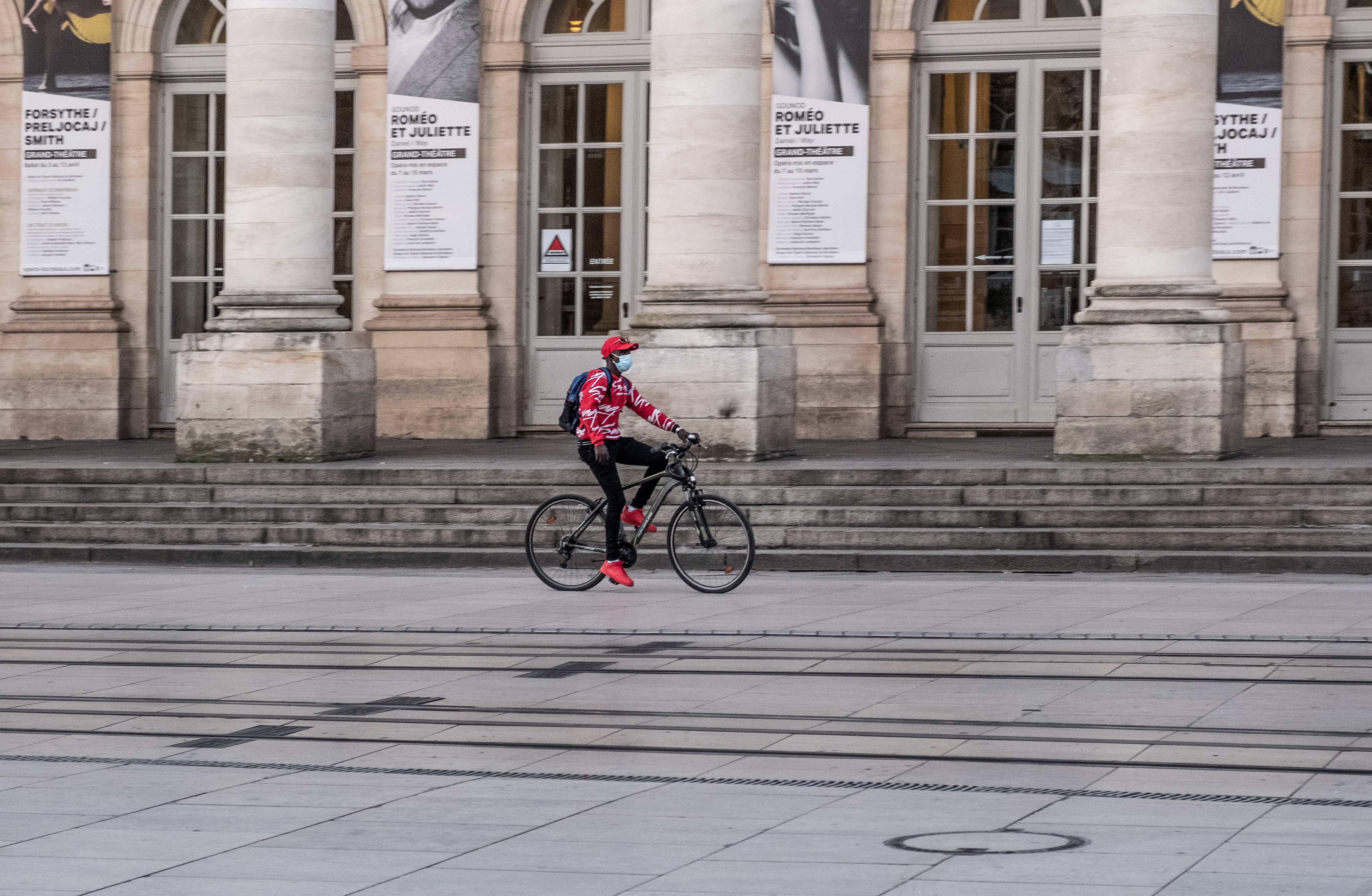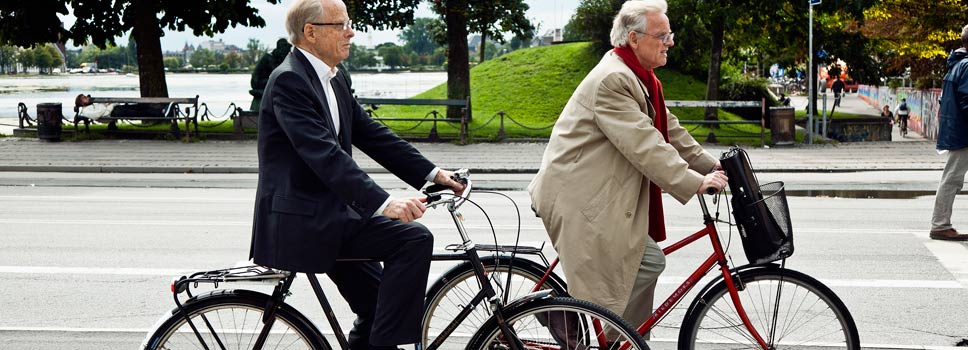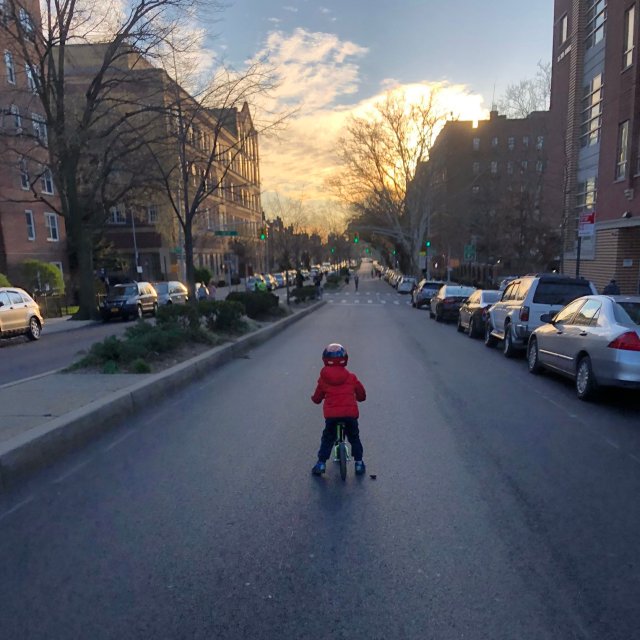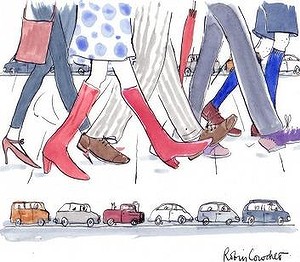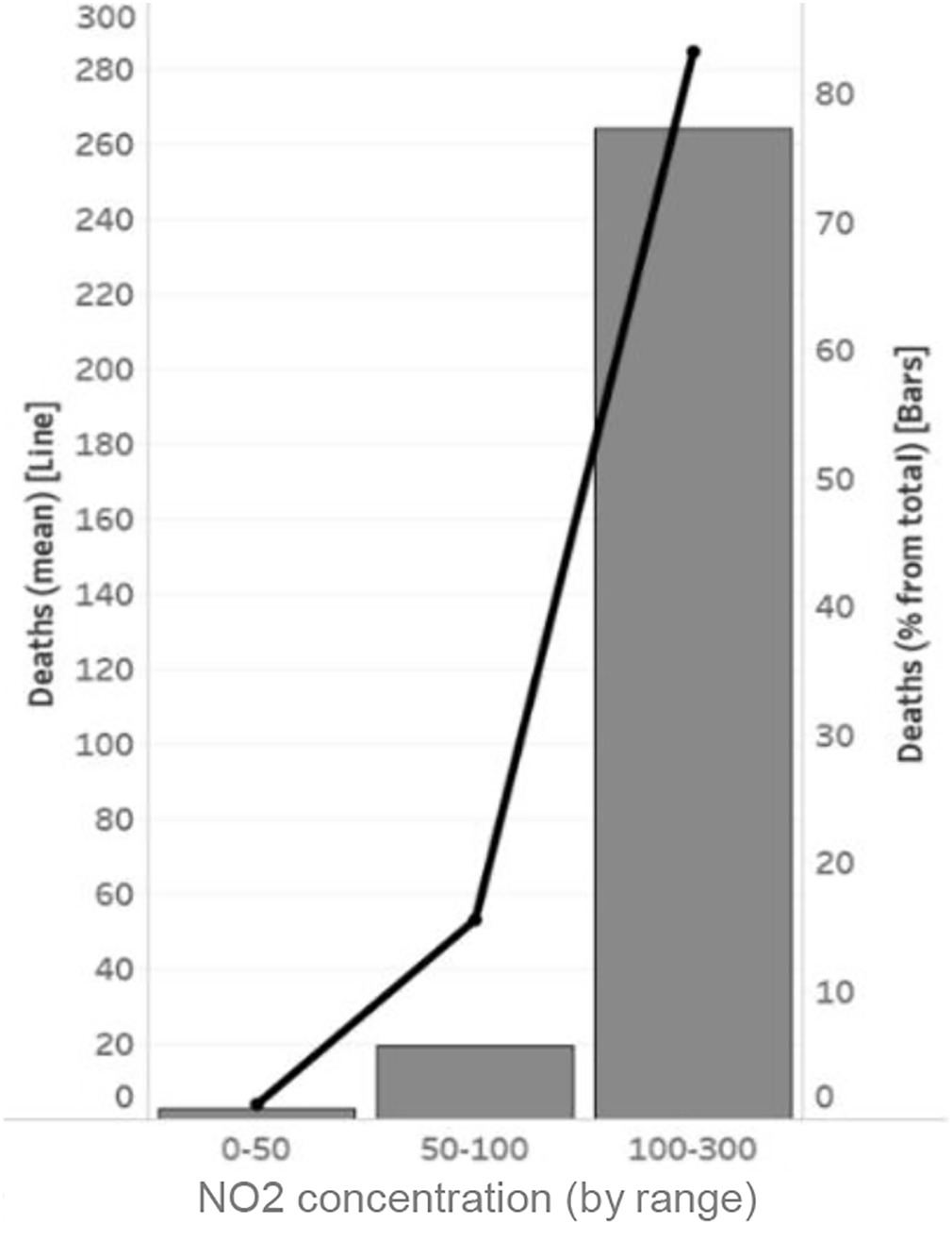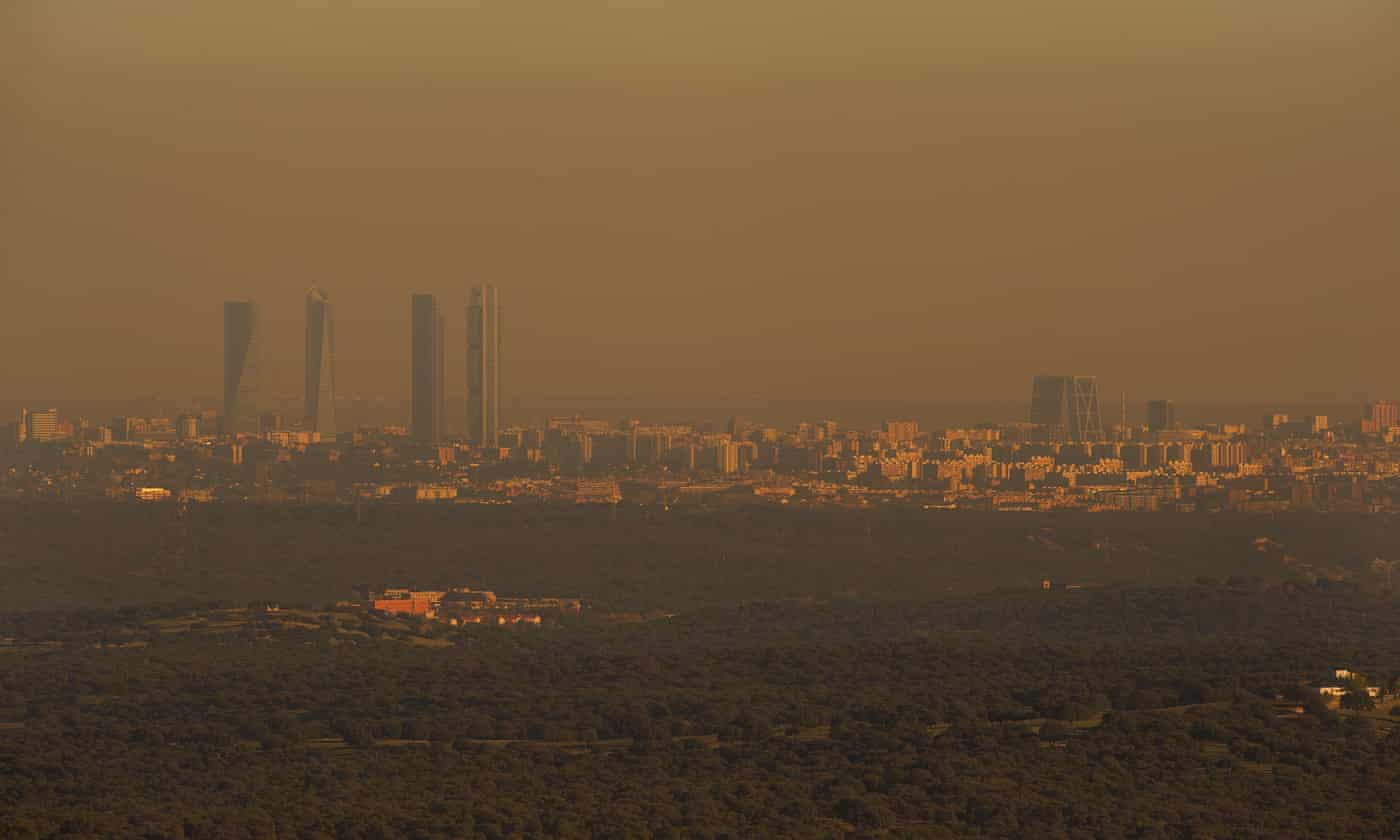abstract from a paper by Haward LAw Review

With these car-centric priorities, the Manual (= Manual on Uniform Traffic Control Devices for Streets and Highways)has helped generate a nearly constant and fast-moving stream of vehicle traffic that renders road users like pedestrians, wheelchair users, and cyclists vulnerable. Moreover, by giving preference to driving over other modes of transportation, the Manual has indirectly facilitated a rise in transportation-related greenhouse gas emissions that are the single largest contributor to climate change.
REWRITING THE MANUAL
We propose several changes to the Manual so that it promotes, or at least no longer impedes, the paramount goals of safety, climate action, racial justice, and prosperity. In this Part, we identify and explain three areas of urgently needed reform: elimination of the 85th Percentile Rule, which undermines safety and the rule of law; withdrawal of a proposal to render millions of miles of American streets 39×39. As of 2019 there were 4.1 million miles of public road in the United States, just over 2.9 million of them paved.
Show More more hostile to vulnerable road users in the name of an unproven technology; and the application of principles that reflect broader policy goals and are informed by all the stakeholders affected by the Manual — especially those, like pedestrians in communities of concern, for whom the Manual’s rules can mean the difference between life and death.

CONCLUSION
Improving safety for all road users is essential for progress on economic prosperity, climate, and racial justice in the United States, yet the current Manual undermines those bedrock goals. The Proposed Manual is no better, and, in several ways, it is worse. It doubles down on the mistakes of prior generations of the document, which embody an early-twentieth-century goal of increasing car ownership and vehicle miles traveled. In addition, it adds an entirely new chapter to accommodate a technology, automated vehicles, that remains experimental and problematic. The biases enshrined in the Manual undermine safety, equity, and economic development, and its continued narrowness reflects a decisionmaking process that has remained closed to diverse input for nearly a century.
We believe fundamental changes to the Manual and Proposed Manual are imperative. A freshly rewritten Manual can advance rules of design that minimize rather than amplify the unique dangers to which speeding motorists expose vulnerable road users like pedestrians, wheelchair users, and bicyclists. As that process gets underway, we suggest that the FHWA also act swiftly to engage its authority under the Administrative Procedure Act to withdraw the 85th Percentile Rule for raising speed limits.




